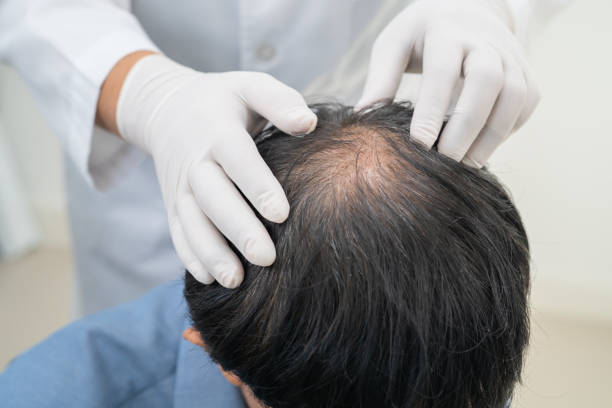
For many people experiencing hair thinning or baldness, finding an effective and lasting solution can make a world of difference in how they feel about themselves. Hair transplantation in the U.S. has become a popular and advanced option for those looking to combat hair loss and reclaim their appearance with natural, long-lasting results.
Understanding Modern Hair Transplantation Techniques
Advances in medical technology have allowed hair restoration procedures to become more refined and effective than ever before. Among the most widely used methods in the field are FUE and FUT, both of which have specific advantages depending on the needs of the patient.
The FUE method, short for follicular unit extraction, is a minimally invasive technique where individual hair follicles are extracted from a donor area and implanted into the balding or thinning zones. Because this process doesn’t involve the removal of a linear strip of scalp, it generally results in minimal scarring and a shorter recovery time.
Alternatively, FUT — or follicular unit transplantation — involves the surgical removal of a small strip of scalp, from which follicular grafts are prepared. This method is often preferred for patients requiring a larger number of grafts and can be a practical option for achieving dense coverage in one session. Both approaches offer unique benefits and should be carefully considered during consultation.
What to Expect During the Hair Restoration Process
Before undergoing any procedure, patients typically have an initial evaluation with a hair specialist. This consultation is crucial for assessing the severity of hair loss, determining the most appropriate method, and outlining expectations. The specialist may examine your scalp health, hair density, and medical history before recommending a personalized treatment plan.
The actual hair restoration procedure varies in duration depending on the chosen method and the number of grafts being transplanted. While the operation is usually done under local anesthesia, patients are advised to rest and follow aftercare instructions to ensure optimal healing. Some mild discomfort, swelling, or redness is common in the days following the procedure, but these symptoms typically subside quickly.
Choosing a Qualified Surgeon for Cosmetic Surgery
One of the most important decisions in the journey toward successful cosmetic surgery is selecting an experienced and reputable hair transplant specialist. Surgeons who are certified and who specialize in hair transplantation offer the highest standards of care and are more likely to produce natural, aesthetically pleasing results.
Many clinics provide online galleries of before-and-after photos and offer testimonials from previous patients. These resources can help set realistic expectations and give potential clients insight into the quality of work performed by the clinic.
Considerations Regarding Hair Transplant Prices
While discussing hair transplant prices, it's essential to understand that costs can vary significantly. Several factors influence overall pricing, including the number of grafts required, the complexity of the case, the clinic's reputation, and geographic location. In general, FUE tends to be more resource-intensive and is usually priced higher than FUT, though individual needs will ultimately determine the approach.
In addition to the procedure itself, patients should also be aware of possible supplementary expenses. These may include consultation appointments, prescribed post-operative medications, or follow-up visits. It’s wise to inquire in advance about what the total cost encompasses to avoid any surprises later on.
The Long-Term Benefits of Hair Loss Solutions
Perhaps the most rewarding part of choosing hair loss solutions like transplantation is the confidence and satisfaction they can bring. Results are designed to be permanent, using your own natural hair to fill in areas of thinning or baldness. With proper care and time, new growth emerges and blends seamlessly with existing hair, offering a fuller and more youthful appearance.
Many patients report a significant boost in self-esteem following their procedure. Whether it's styling their hair again with confidence, enjoying improved social interactions, or simply feeling more like themselves, the impact of a successful hair transplant can be truly transformative.
Taking the First Step Toward Hair Restoration
If you're considering hair transplantation as a way to address your hair loss, the first step is scheduling a consultation with a qualified specialist. During this meeting, you'll gain a clearer understanding of the options available, assess your suitability for either FUE or FUT, and receive professional guidance tailored to your personal goals.
Investing in a solution that restores both your hair and your self-assurance is more than just a cosmetic change — it’s a step toward embracing life with renewed energy and optimism. The field of hair restoration continues to advance, making now an ideal time to explore your options.
Resource Links
“Hair Transplantation” via the National Library of Medicine National Center for Biotechnology Information
“A Hair Transplant Can Give You Permanent, Natural-Looking Results” via the American Academy of Dermatology Association
“Hair Transplant” via the Cleveland Clinic
"Hair Transplants: What to Expect" via WebMD

